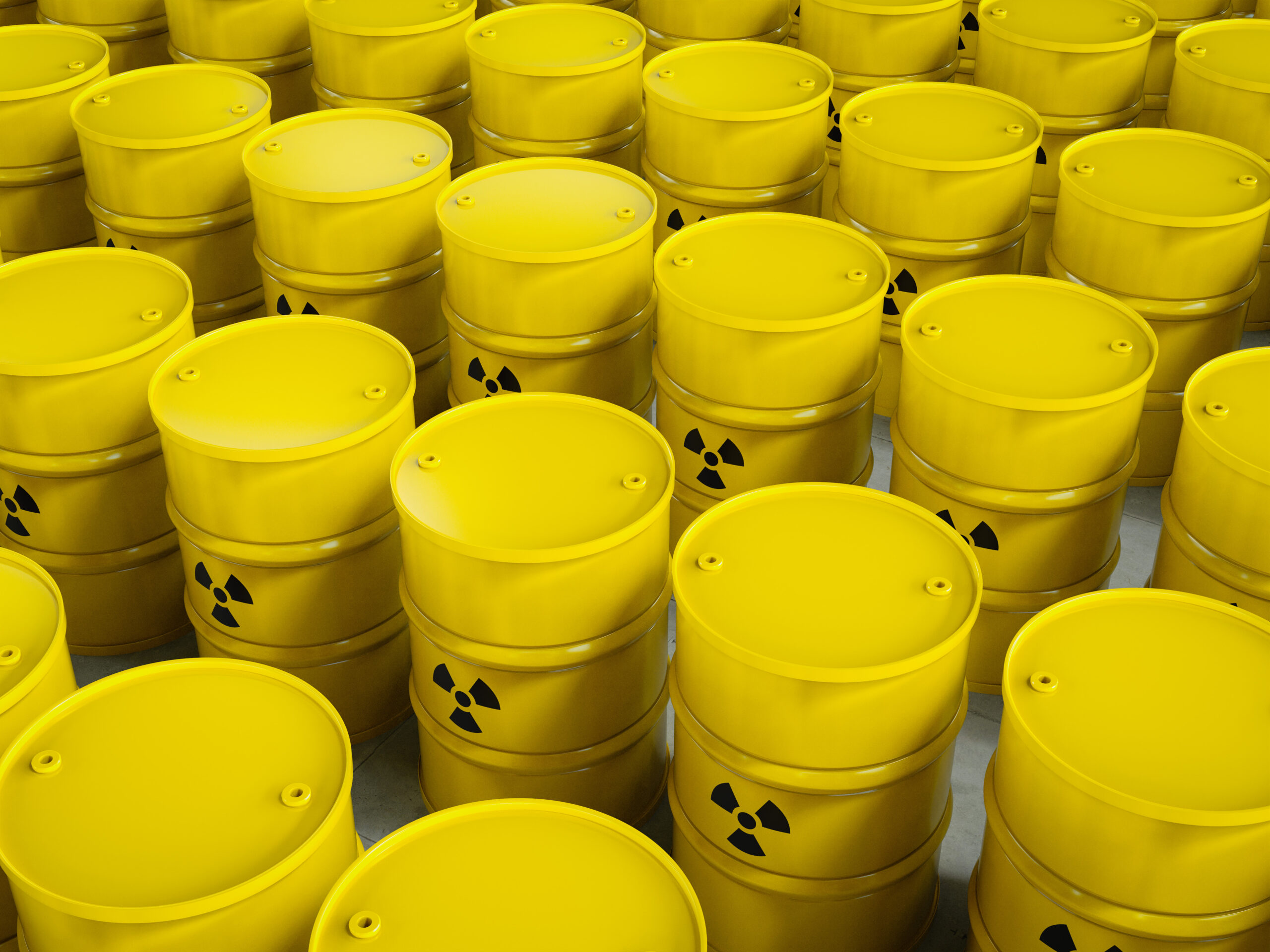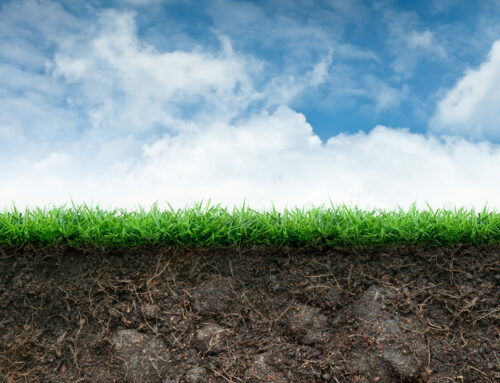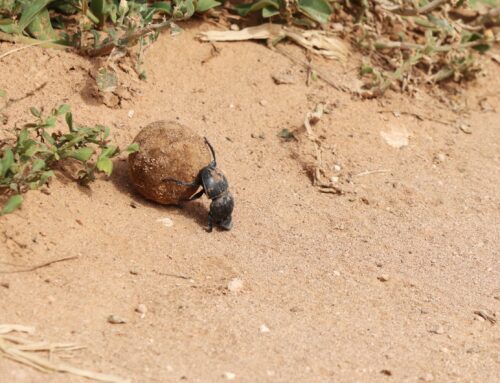Since the beginning of use of nuclear power more than 70 years ago, a constant danger is hanging above our heads: from Hiroshima and Nagasaki, Cuban Missile Crisis, Chernobyl, Fukushima and other accidents…up to the current threat of World War III.
Nuclear war would wipe out mankind from the planet – but not all other organisms!
Microbes would be certainly one of the survivors…
For a moment, let´s consider a less apocalyptic scenario: global warming and ending of era of fossil fuels make use of nuclear power an appealing alternative. Facing the galloping economic crisis, countries in the process of phasing-out nuclear power (such as Germany), are reconsidering to revert the decision 1. Few days ago, European Parliament labeled nuclear energy as “green” 2. In the meantime in Asia new nuclear powerplants are popping up like mushrooms. Luckily, not nuclear mushrooms…
One source of radioactive contamination is the process of production of nuclear fuel itself, including ore mining and its purification. Another one is storing or reprocessing of the radioactive waste. We need to remember that radioactive decay of used nuclear fuels lasts from thousands to tens- or even hundreds of thousands of years.
In the previous episode we talked about use of microbiomes for bioremediation of heavy metals. Many of the so-called radionuclides (atoms with unstable core, i.e. radioactive elements) are actually heavy metals generated as a by-product of radioactive decay. Besides Uranium (which is the main fuel for nuclear reactors), radionuclides include Cesium, Iridium, Thallium, Strontium and others.
Physical bioremediation of radioactively contaminated areas is risky and expensive. An example is transport of contaminated soil to a remote waste location.
Therefore, microbial bioremediation is a promising alternative.
How microbiomes can help bioremediation of nuclear waste?
All microbial bioremediation methods mentioned in our previous blog (bioaccumulation, biosorption, biotransformation) are also applicable for removal of radionuclides.
One possibility is that microbial enzymes transform radionuclides into an insoluble form, precipitating it from a liquid. Other microbes do it indirectly, by producing compounds which can transform radionuclides.
Some microbial compounds can capture (absorb) and facilitate transport of radionuclides inside microbial cells (bioaccumulation). Alternatively, the radionuclide can be absorbed at the microbial cell-surface in a form of a crystal, thus precipitating it from a solution (biomineralization).
Another microbial trick is to make an insoluble radionuclide more soluble, making its removal easier (biosolubilization). This can be a good idea for solid nuclear waste.
Biostimulation is another approach in which an externally added compound stimulates growth of the bioremediating microorganisms.
Combinations of the above approaches is also possible. For example, in a mixed population of bacteria (so-called “bacterial consortia”) one species can transform radionuclide (or produce a compound which does it) and another species can accumulate, or precipitate it 3,4.
Some microbes are super-resistant to radiation and can be naturally found at the nuclear waste site or even at the walls inside nuclear reactors. An extreme example is bacterium Deinococcus radiodurans, the most radioactivity-resistant organism known. Deinococcus can withstand 5000 times higher doses of radiation than a human and can bioremediate certain contaminants from radioactive waste site, such as Chromium, Mercury and toluene. An Uranium-precipitating strain of D. radiodurans has been also created by genetical engineering 5,6.
Except bacteria, fungi can do the job too! Yeast Rhodotorula tawianensis is an example of high-radioactivity-resistant bioremediating fungus which, unlike Deinococcus, thrives under acidic conditions 7. Archea, another type of microorganisms known to survive various extreme conditions, have largely been unexplored as bioremediating agents.
To get better overview of known microbes with potential to bioremediate radioactive waste, a special database (BioRadBase) has been created 8 .
Future directions will include more “omics” approaches to reveal microbial metabolic pathways required for bioremediation of radionuclides and to identify microbial candidates suitable for these roles.
Song: Radioaktivität (Kraftwerk)
Literature:
- Will-Germany-return-to-nuclear-power? https://www.dw.com/en/will-germany-return-to-nuclear-power/a-62223935
- EU parliament backs labelling gas and nuclear investments as green. https://www.reuters.com/business/sustainable-business/eu-parliament-vote-green-gas-nuclear-rules-2022-07-06/
- Prakash, D., Gabani, P., Chandel, A. K., Ronen, Z. & Singh, O. V. Bioremediation: a genuine technology to remediate radionuclides from the environment. Microbial Biotechnology 6, 349–360 (2013).
- Shukla, A., Parmar, P. & Saraf, M. Radiation, radionuclides and bacteria: An in-perspective review. Journal of Environmental Radioactivity 180, 27–35 (2017).
- Deinococcus radiodurans. https://en.wikipedia.org/wiki/Deinococcus_radiodurans
- Kulkarni, S., Ballal, A. & Apte, S. K. Bioprecipitation of uranium from alkaline waste solutions using recombinant Deinococcus radiodurans. Journal of Hazardous Materials 262, 853–861 (2013).
- Tkavc, R. et al. Prospects for Fungal Bioremediation of Acidic Radioactive Waste Sites: Characterization and Genome Sequence of Rhodotorula taiwanensis MD1149. Front. Microbiol. 8, 2528 (2018).
- Reena. BioRadBase: A database for bioremediation of radioactive waste. Afr. J. Biotechnol. 11, (2012).





